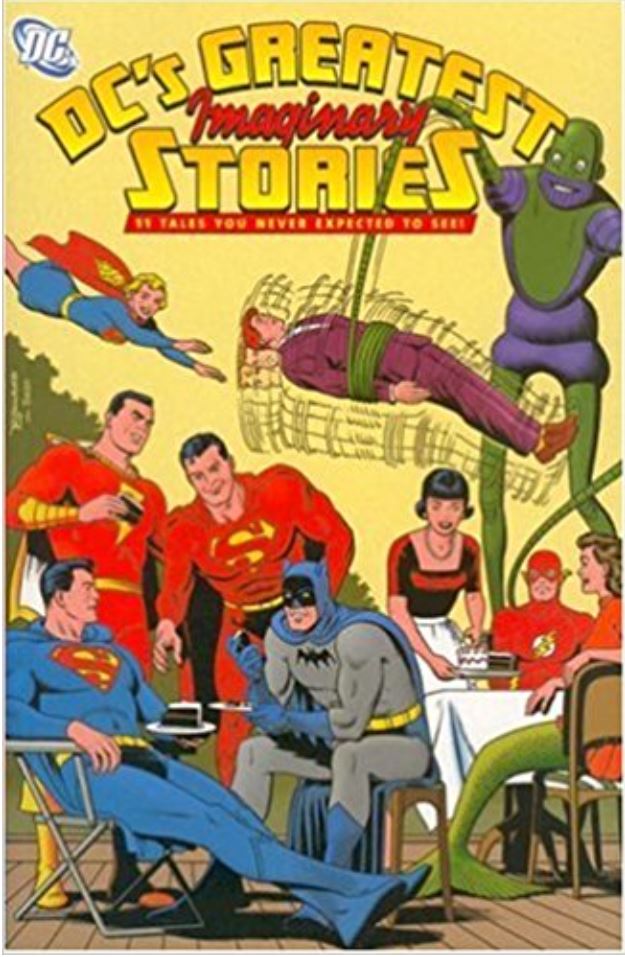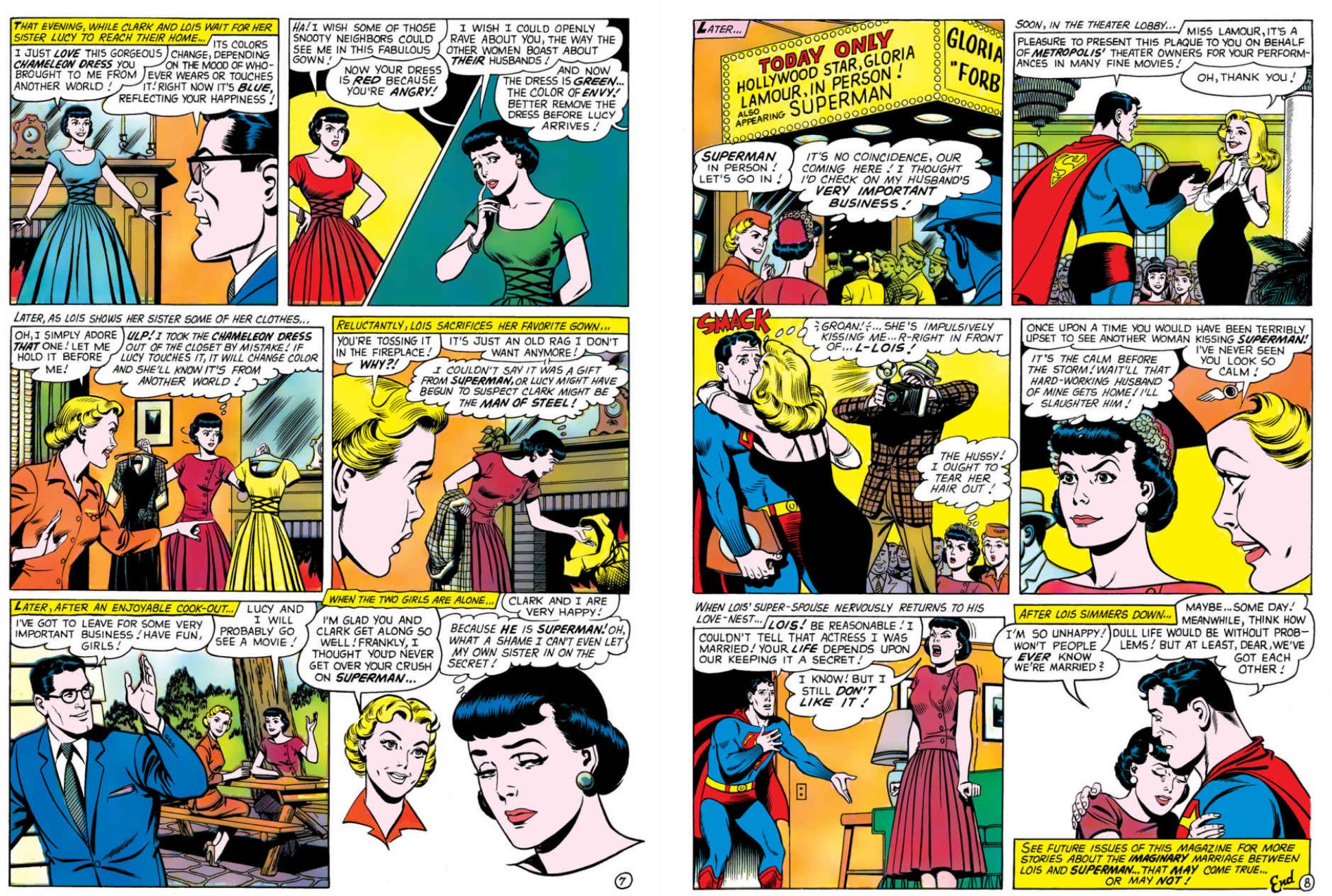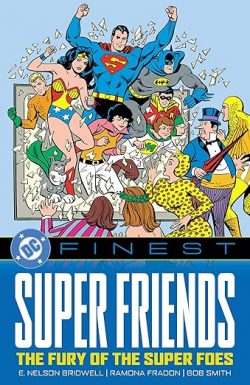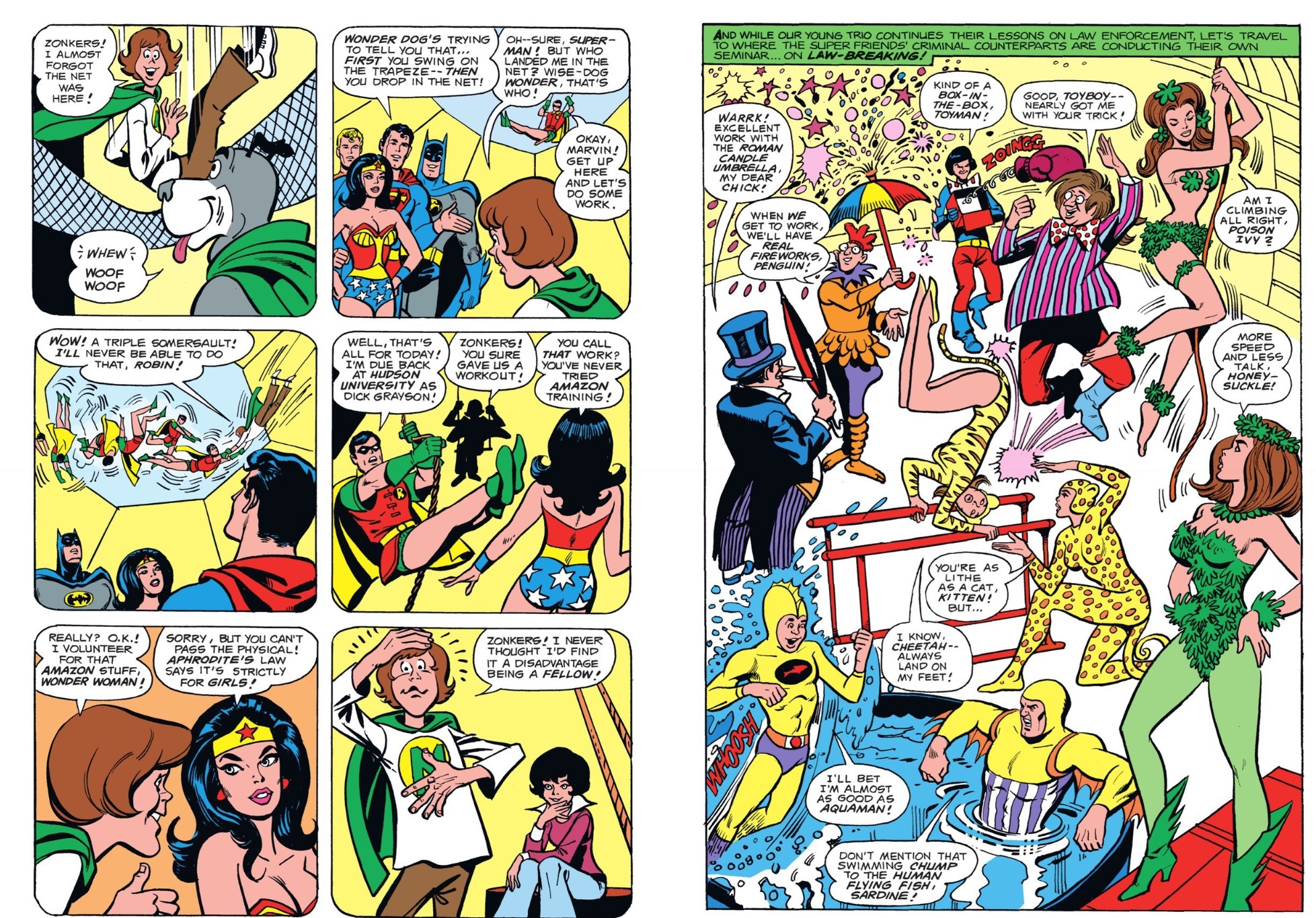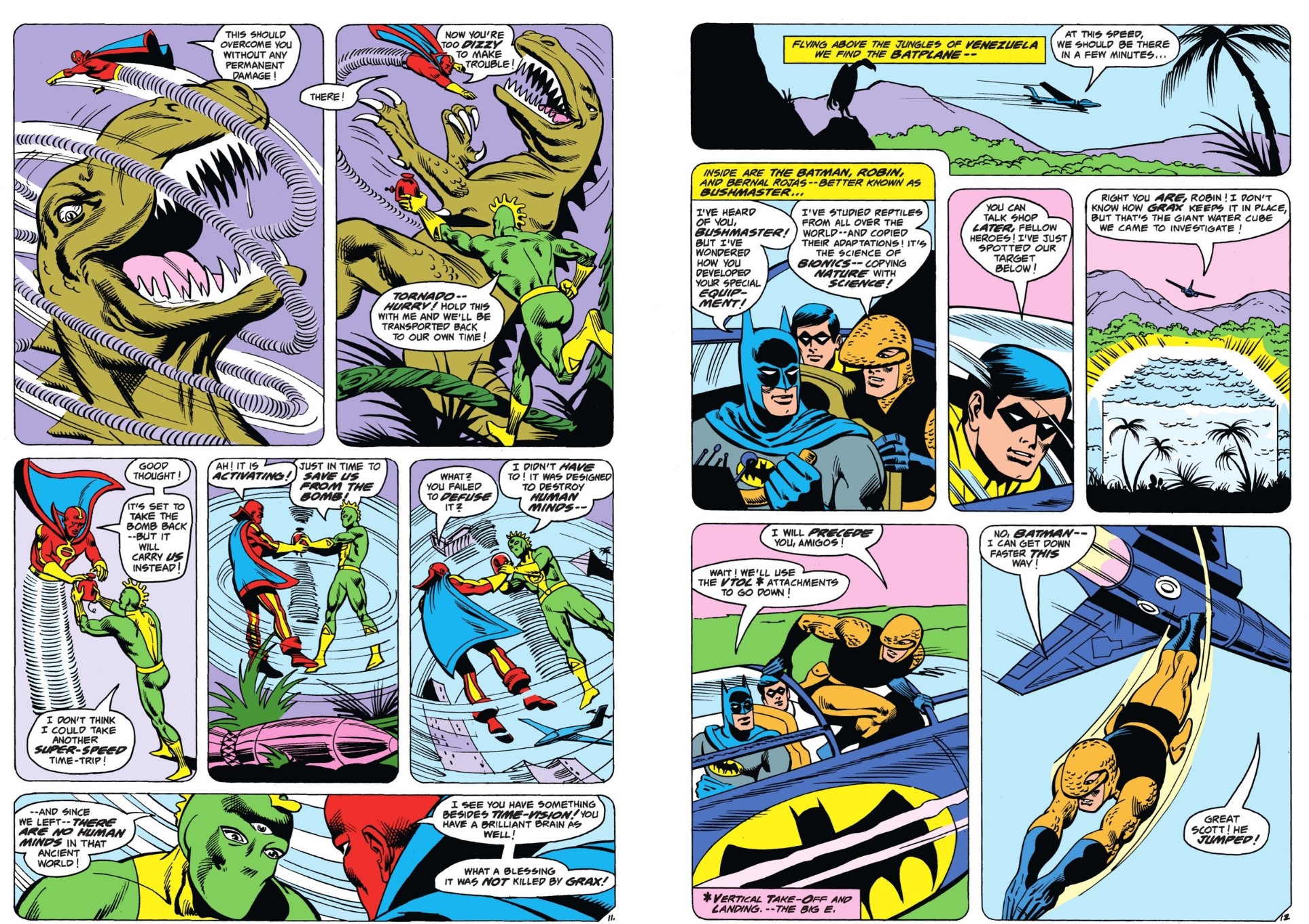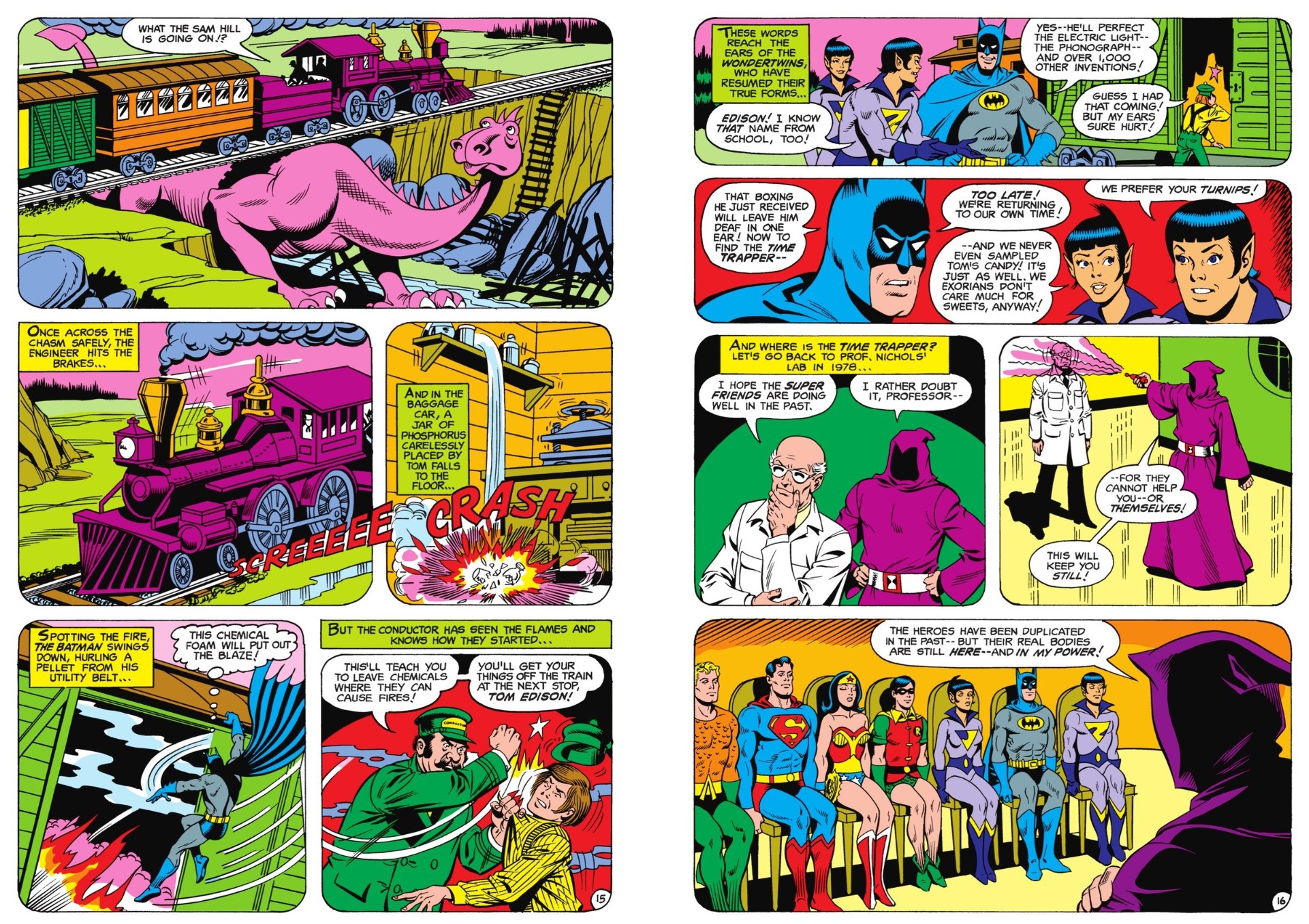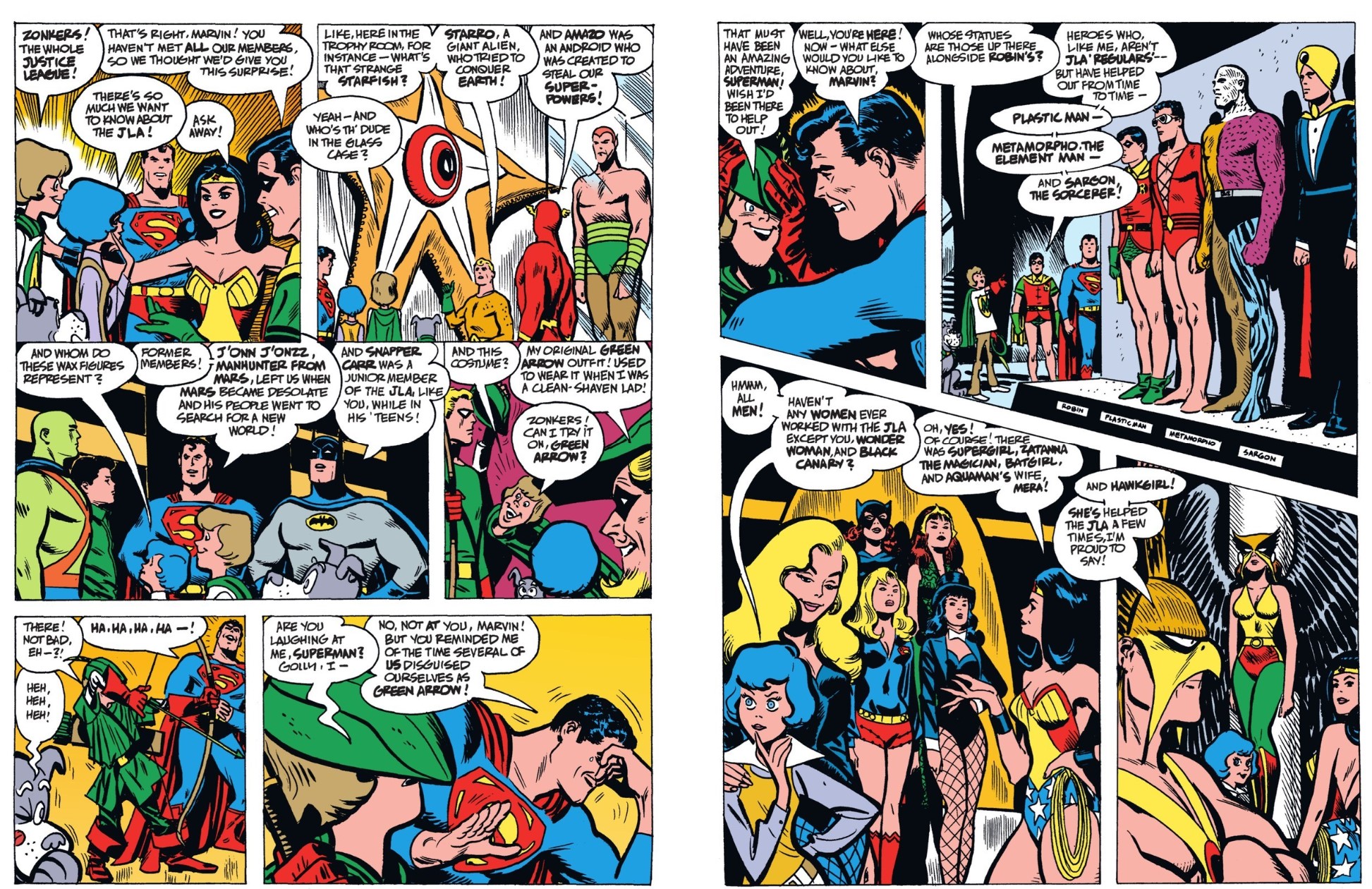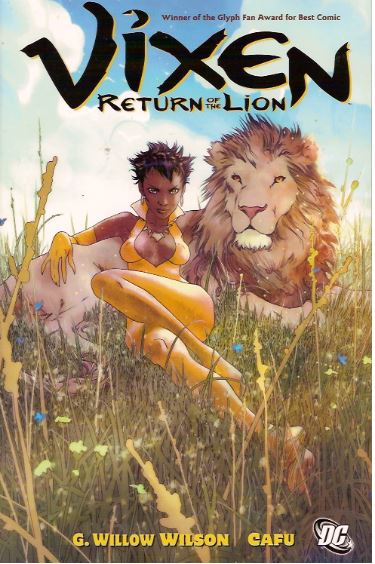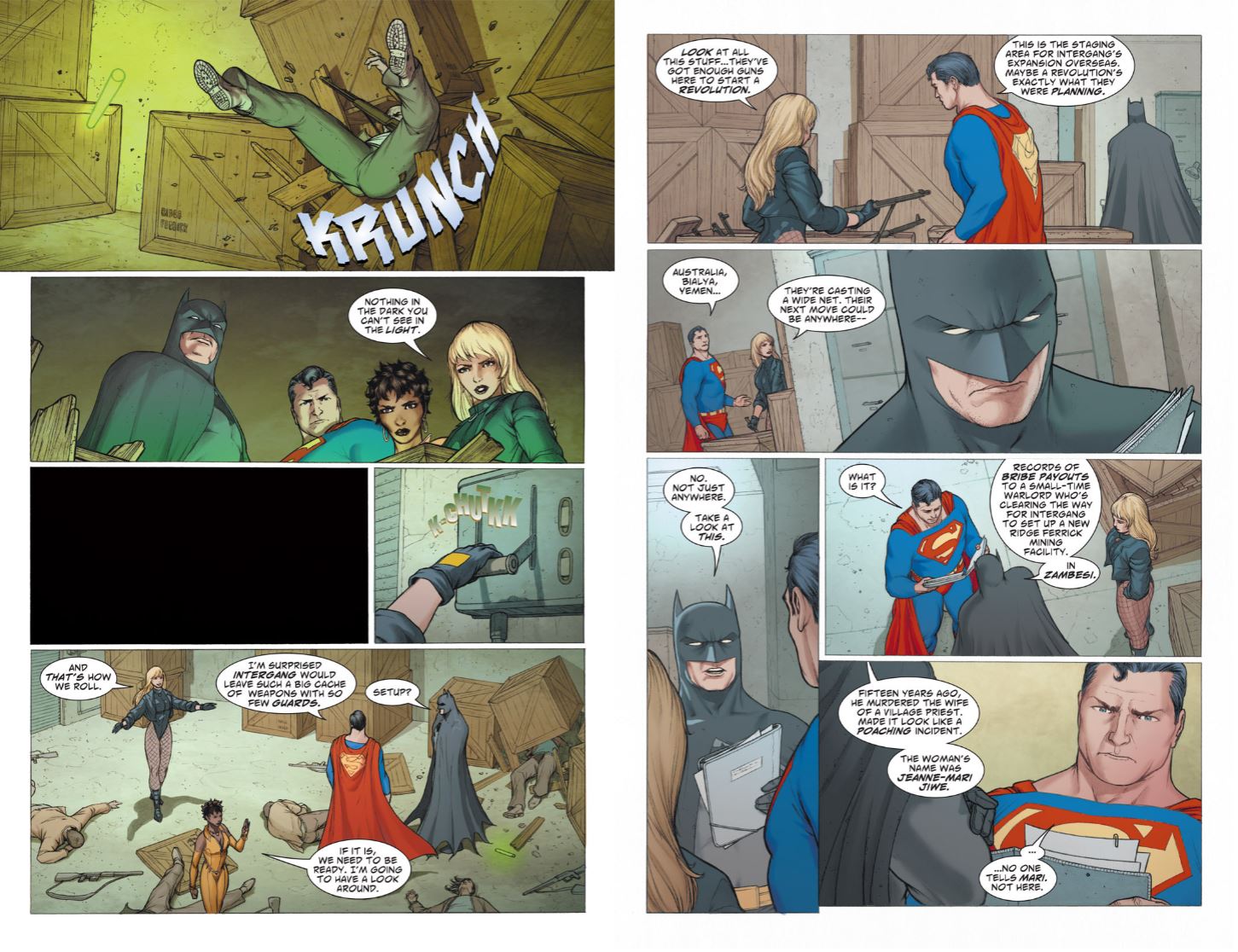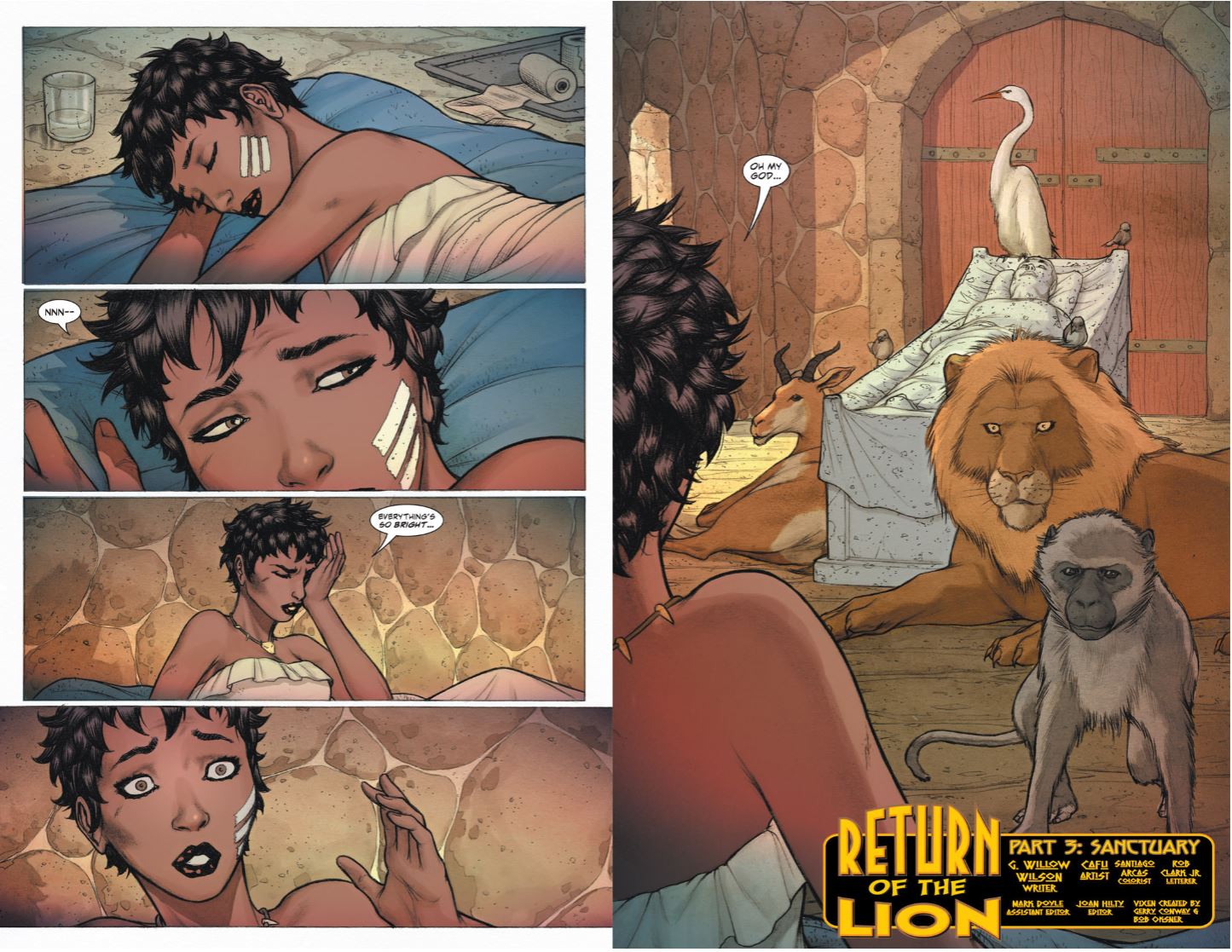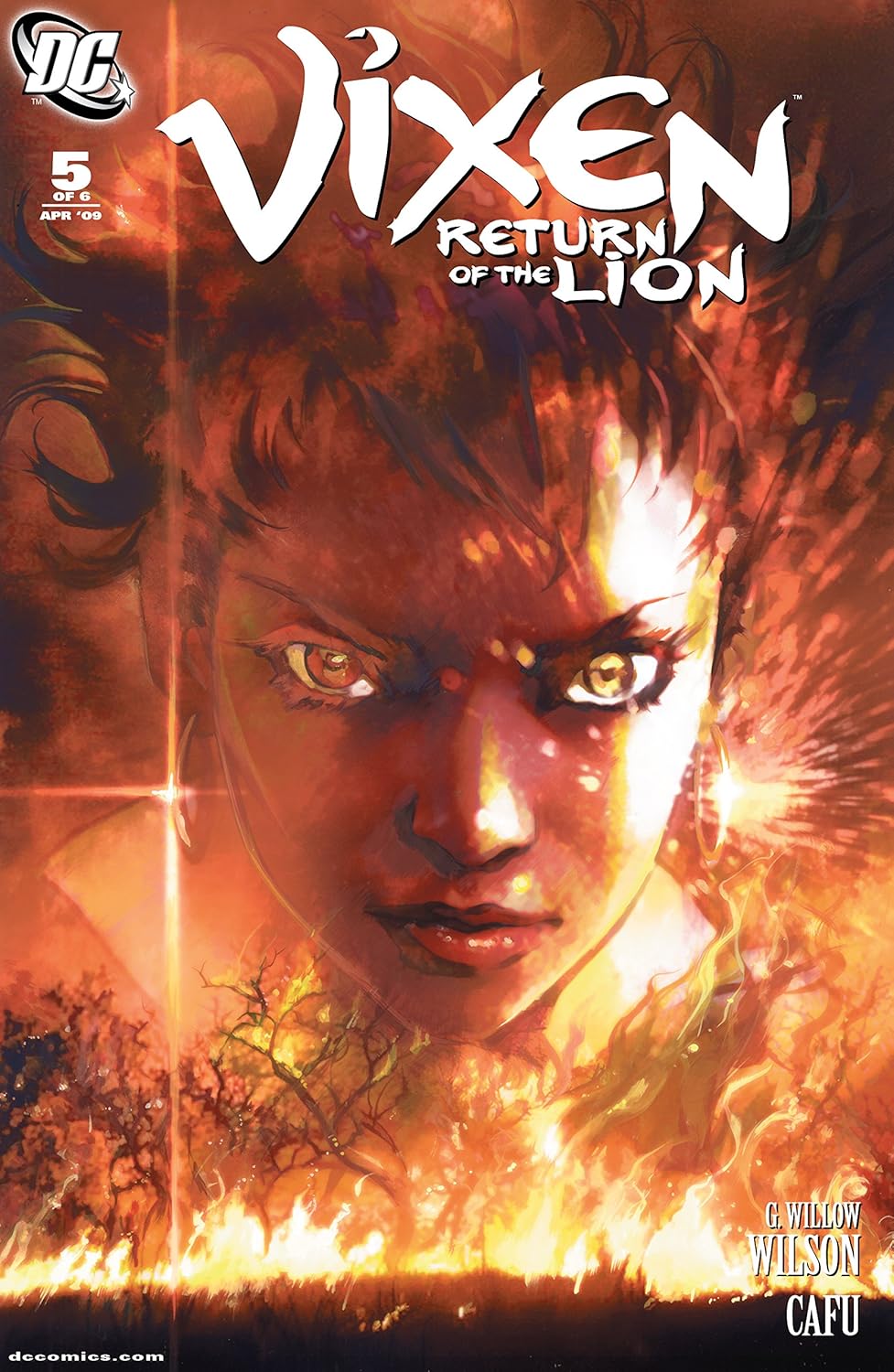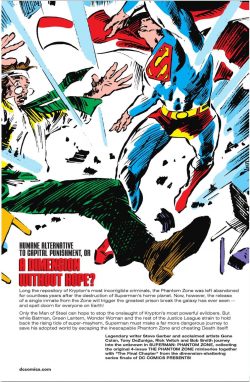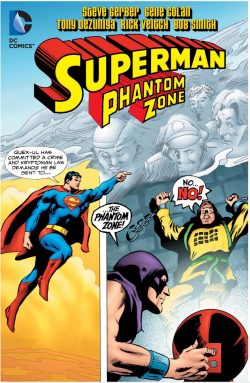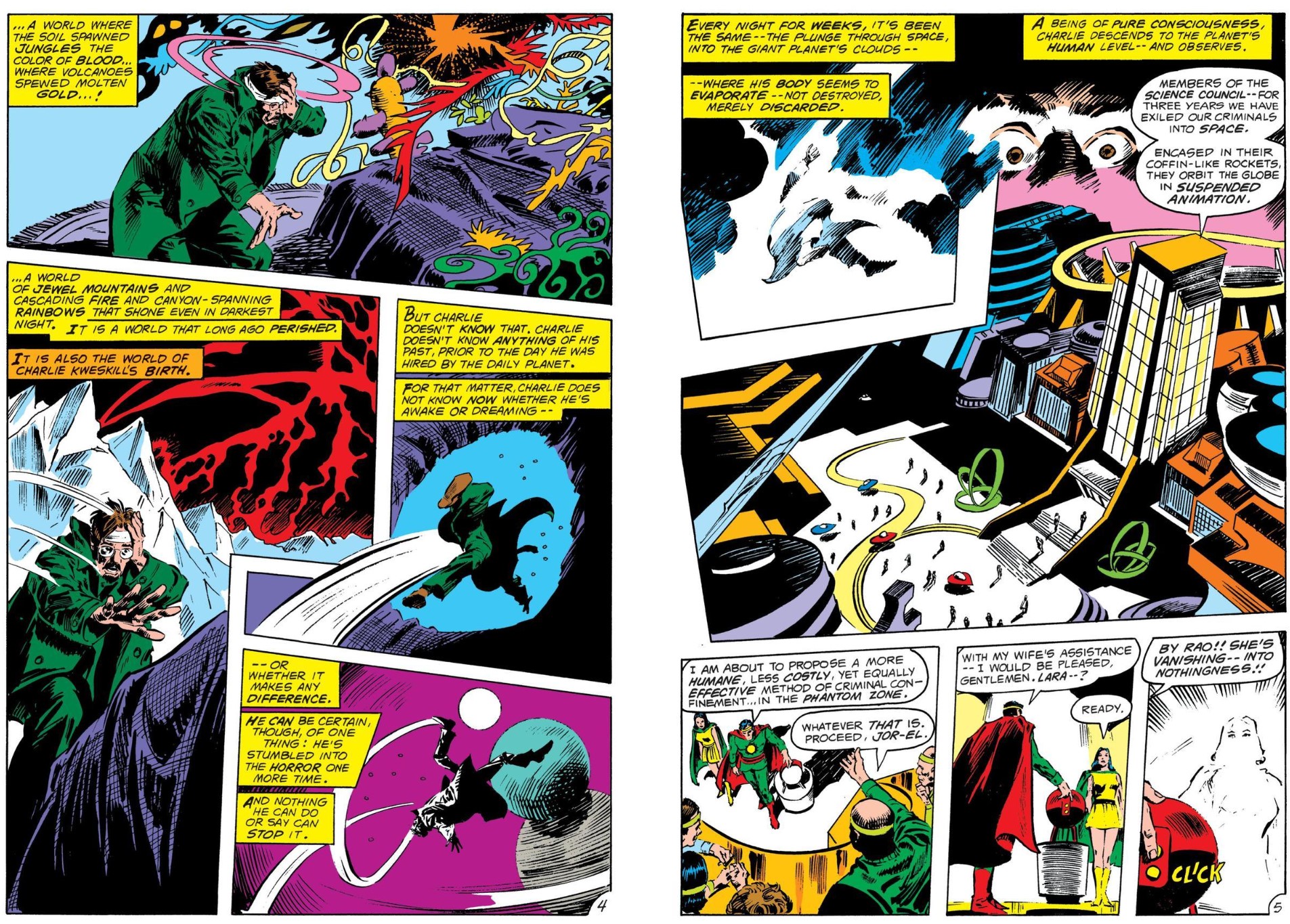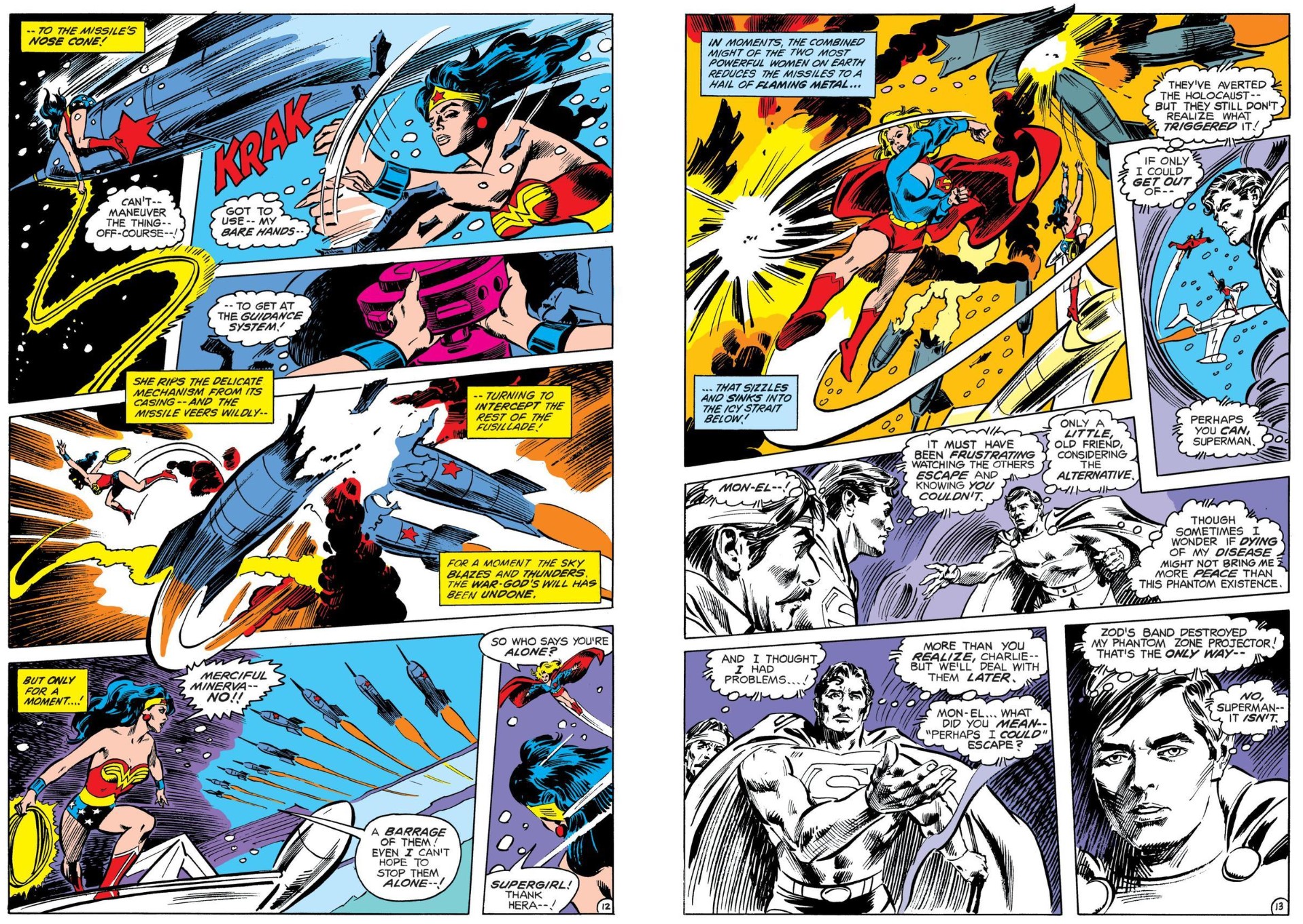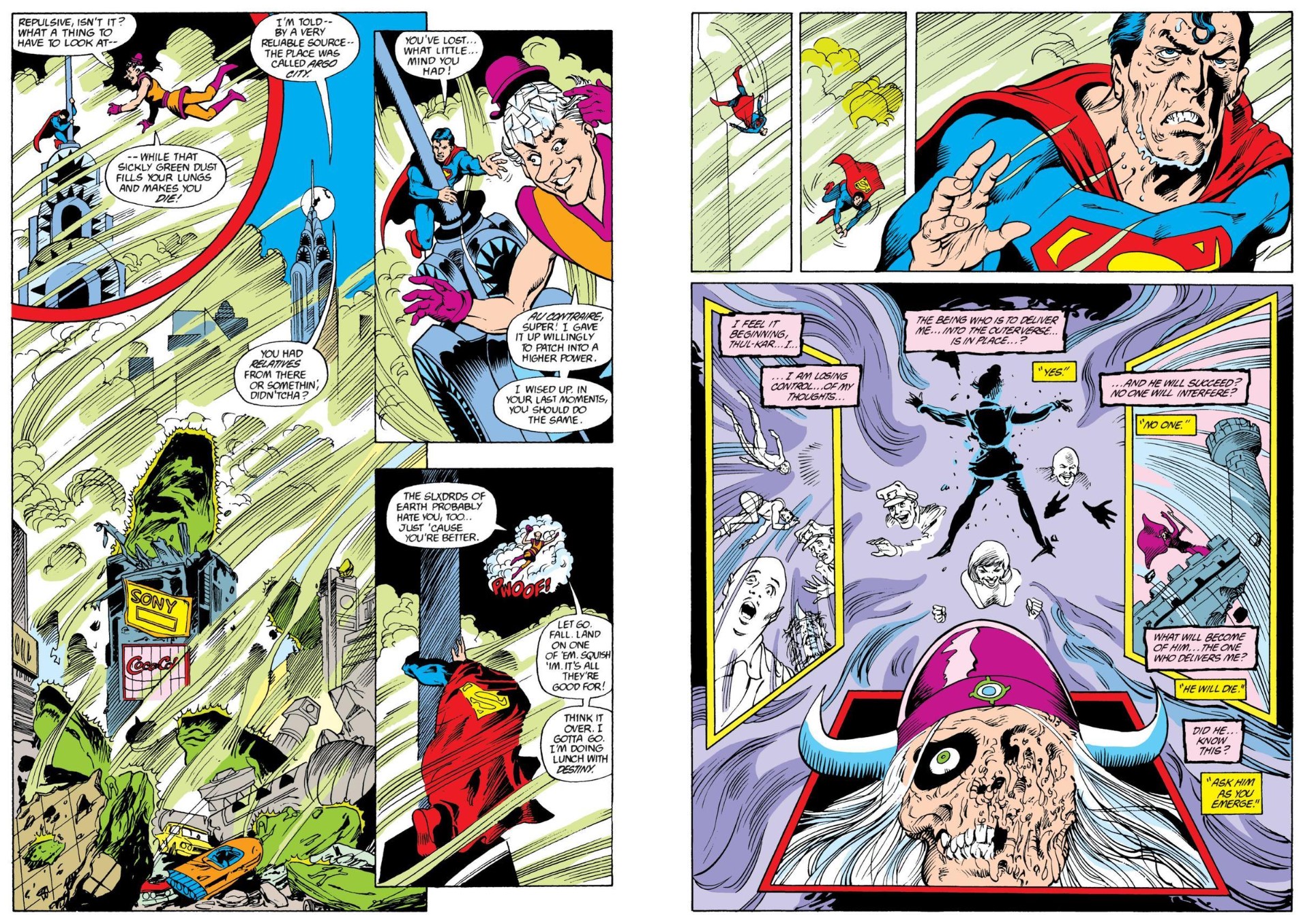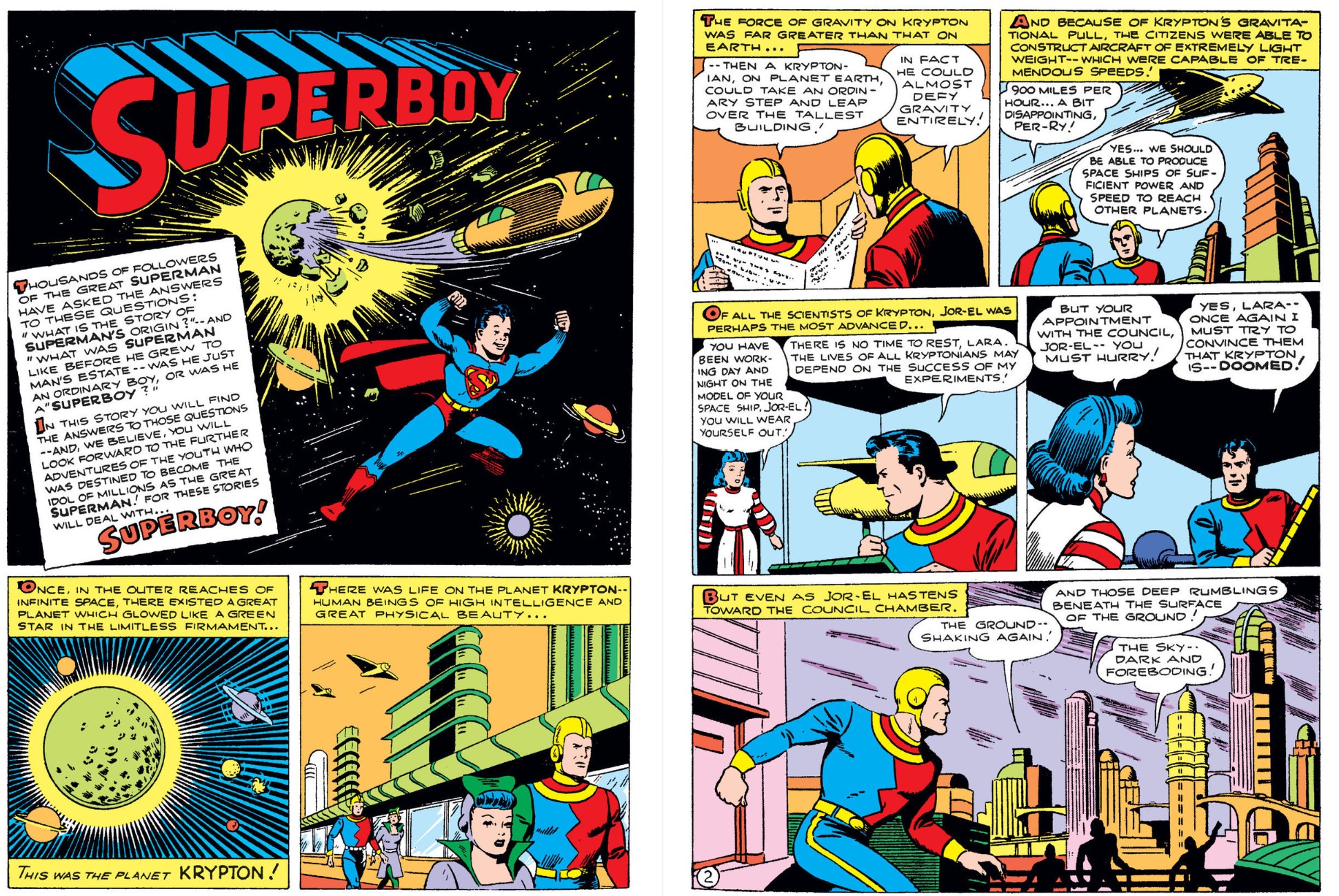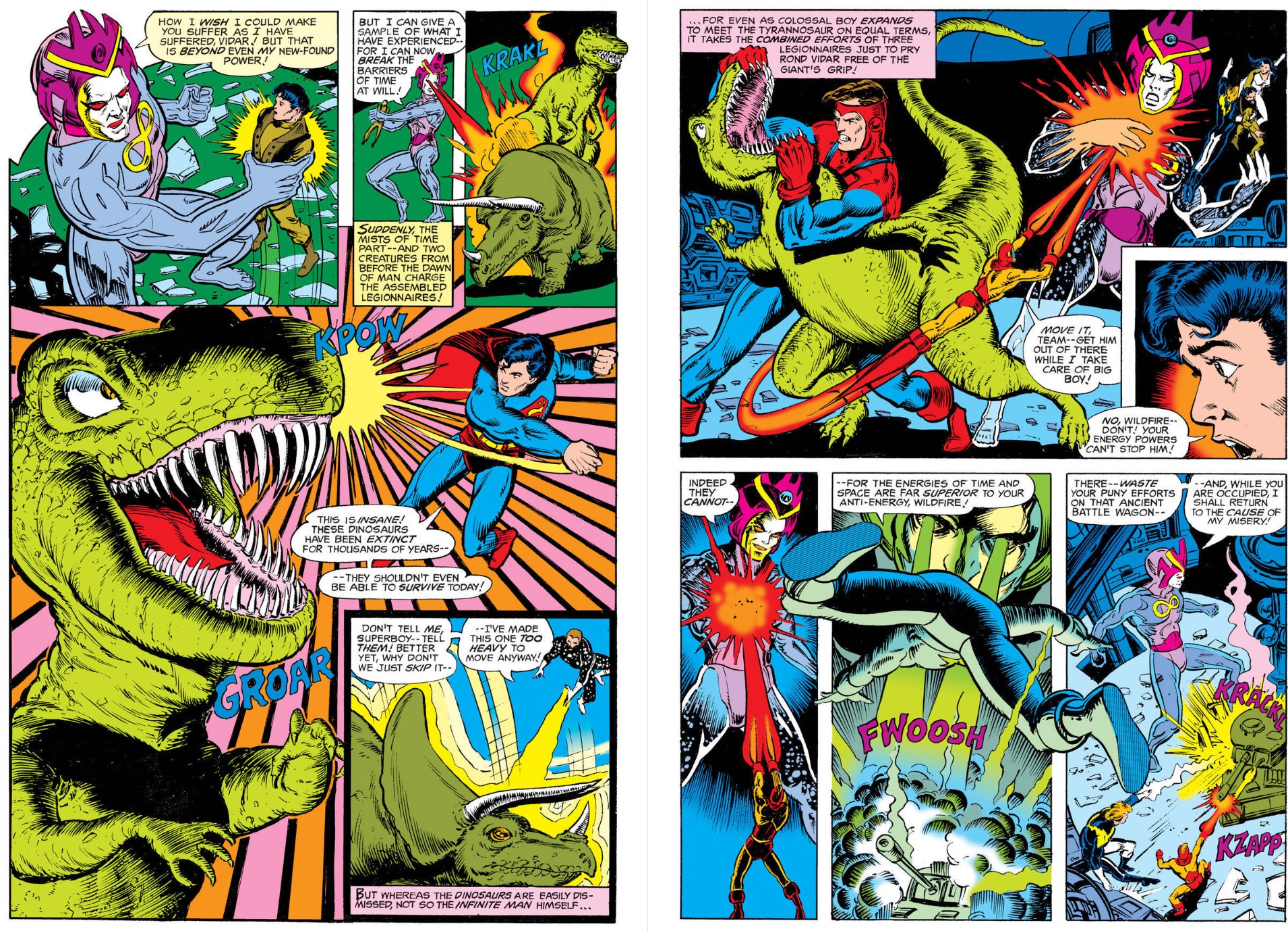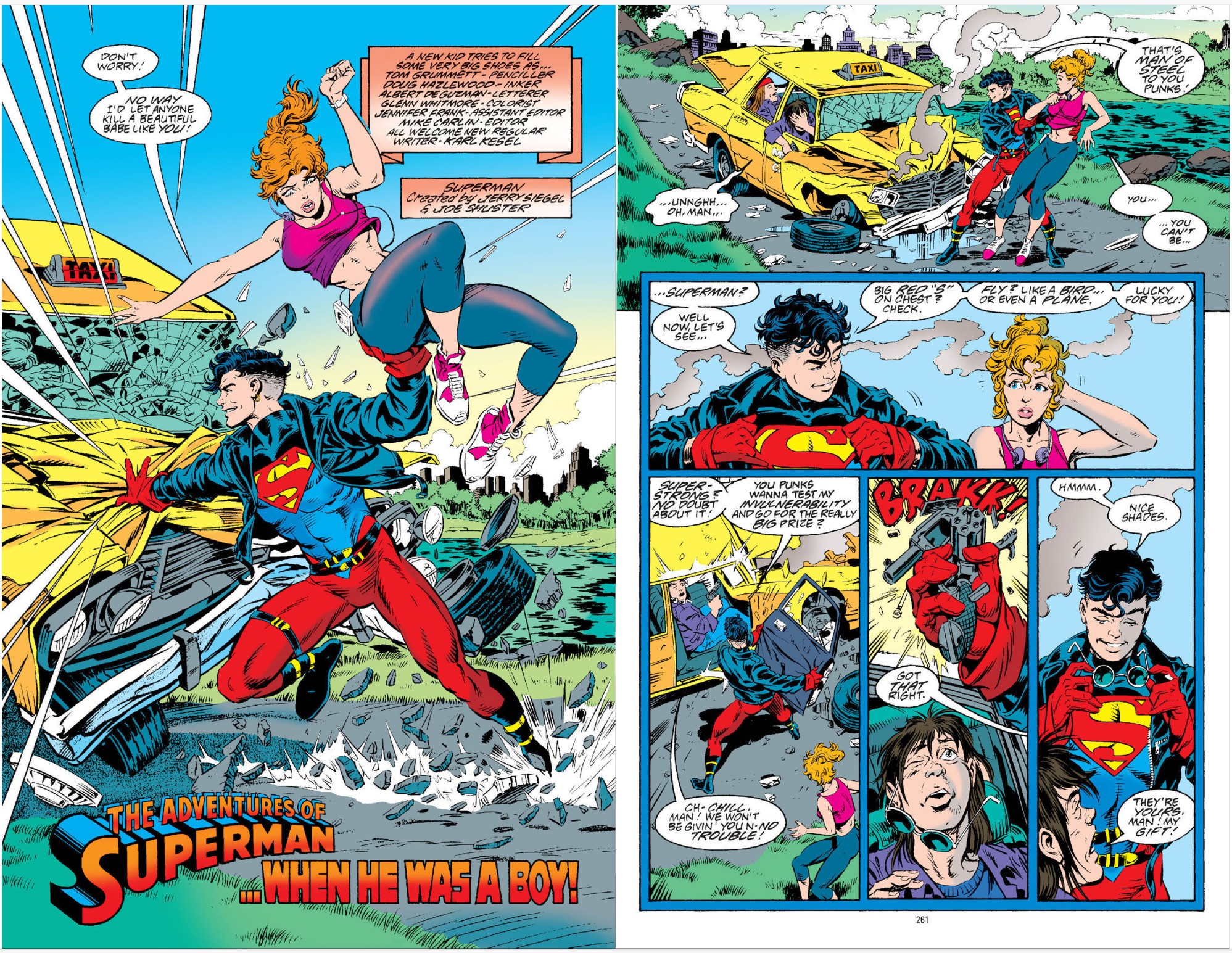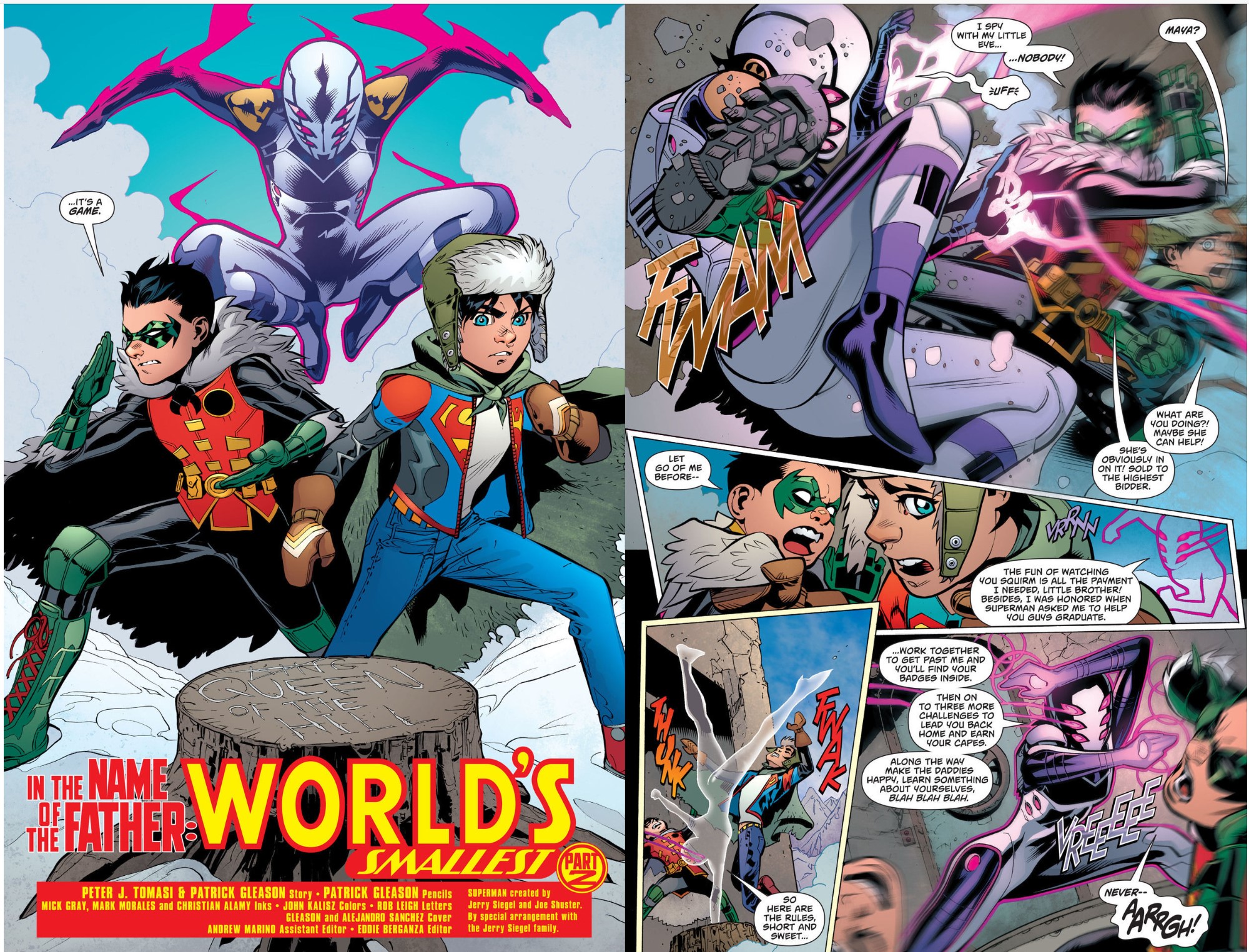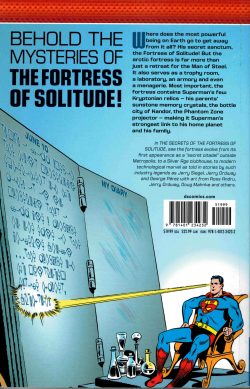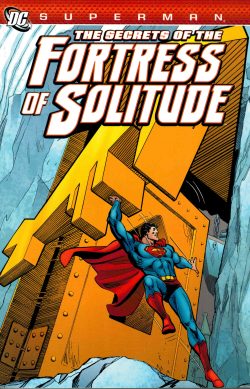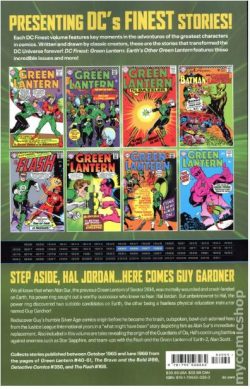
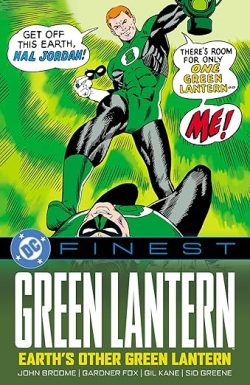
By Gardner F. Fox, John Broome, Bob Haney, Gil Kane, Carmine Infantino, Ramona Fradon & Charles Paris, Murphy Anderson, Joe Giella, Frank Giacoia, Sid Greene & various (DC Comics)
ISBN: 978-1-79950-326-2 (TPB)
This book includes Discriminatory Content produced in less enlightened times.
Win’s Christmas Gift Recommendation: Pure & Superhero Sensationalism… 9/10
After a hugely successful revival and reworking of Golden Age all-star The Flash, DC (National Periodical Publications as they were then) built on a resurgent superhero trend. Cover dated October 1959 and on sale from July 28th, Showcase #22 hit newsstands at the same time as the fourth issue of the new Flash comic book (#108) and once again the guiding lights were Editor Julie Schwartz and writer John Broome. Assigned as illustrator was action ace Gil Kane.
Brash, cocky test pilot Hal Jordan was in California when an alien cop crashed on Earth. Mortally wounded, Abin Sur commanded his ring – a device which could materialise thoughts – to find a replacement officer: one both honest and without fear. Scanning the planet, the wonder weapon selected Jordan, whisking him to the crash-site. The dying alien bequeathed his ring, lantern-shaped Battery of Power and his profession (patrolman of Sector 2814) to the astonished Earthman.
In 6 pages the story established characters, scenario and narrative thrust of a series that would become the spine of all DC continuity. With the concept of the superhero being re-established among the buying public, there was no shortage of gaudily clad competition. Better books thrived by having something a little “extra”. With Green Lantern that was primarily the superb scripts of John Broome & Gardner Fox and astounding ever-evolving drawing of Gil Kane (ably abetted by a string of top inkers) whose dynamic anatomy and dramatic action scenes were maturing with every page he drew. Happily, the concept itself was also a provider of boundless opportunity.
Other heroes had extraterrestrial, other-dimensional and even trans-temporal adventures, but the valiant champion of this series was also a cop: a lawman working for the biggest police force in the entire universe.
This fabulous compilation gathers Green Lantern #40-61 (October 1965 -June 1968) plus contemporary guest appearances in The Flash #168, Detective Comics #350 and The Brave and the Bold #69. It all gets started without fanfare and opens with GL #40 which went on sale on August 26th 1965.
Conceived and delivered by Broome, Kane & Sid Greene (with conceptual input as always from editor Schwartz, ‘The Secret Origin of the Guardians!’ was a landmark second only to game-changing ‘Flash of Two Worlds’ (see DC Finest: The Flash – The Human Thunderbolt) as the Emerald Gladiator with his Earth-2 counterpart Alan Scott have to stop obsessed Oan scientist Krona, whose misguided attempts to discover the origins of the universe had introduced evil into our pristine reality billions of years ago. His actions forced his immortal brethren to become protectors of life and civilisation in an unending act of group contrition – the Guardians of the Universe.
Now he was back and still asking the wrong question, with his efforts also endangering a parallel earth. Happily for creation, that world had its own vastly experienced Emerald Avenger, who pitched in, and was so good at crisis management that the Guardians offered him Hal’s job…
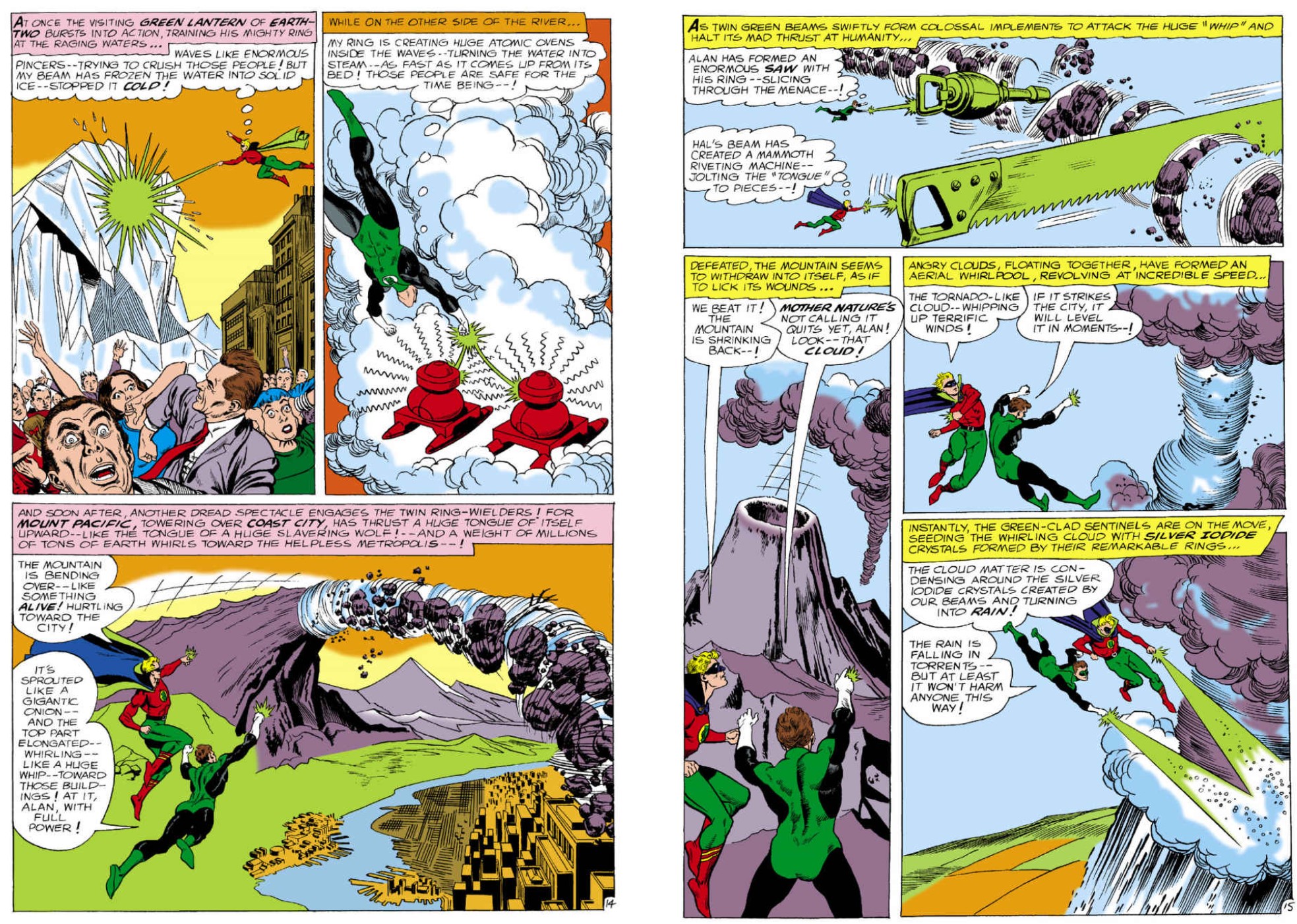
Simultaneously high concept and all-action, the tale became a keystone of DC cosmology and a springboard for all those mega-apocalyptic publishing events such as Crisis on Infinite Earths. It has seldom been equalled and never bettered…
Gardner Fox scribed GL #41, spotlighting twisted romance in ‘The Double Life of Star Sapphire!’ as an alien power-gem again compels Jordan’s boss/true love Carol Ferris to subjugate and marry her sometime paramour Green Lantern. Fox also wrote another cracking magical mystery to end the issue as extraterrestrial wizard Myrwhydden triggered ‘The Challenge of the Coin Creatures!’
Next came ‘The Other Side of the World!’ wherein Fox continued a long-running experiment in continuity with a superb tale of time-lost civilisations and an extra-dimensional invasion by the Warlock of Ys co-starring peripatetic quester Zatanna the Magician as perfectly pictured by Kane & Greene.
At that time the top-hatted, fish-netted sorceress appeared in a number of Schwartz-edited titles, hunting her long-missing father Zatarra: a magician-hero in the Mandrake mould who had fought evil in the pages of Action Comics for over a decade, beginning with the very first issue. In true Silver Age “refit” style, Fox concocted a young, equally empowered daughter, promoting and popularising her in guest-team ups with superheroes he was currently scripting. If you’re counting, these tales appeared in Hawkman #4, Atom #19, Green Lantern #42 and an Elongated Man back-up strip in Detective Comics #355 as well as a slick piece of back writing to include the high-profile Caped Crusader via Detective #336. It all concluded after this GL segment in Justice League of America #51. You can enjoy the entire early epic by tracking down Justice League of America: Zatanna’s Search…
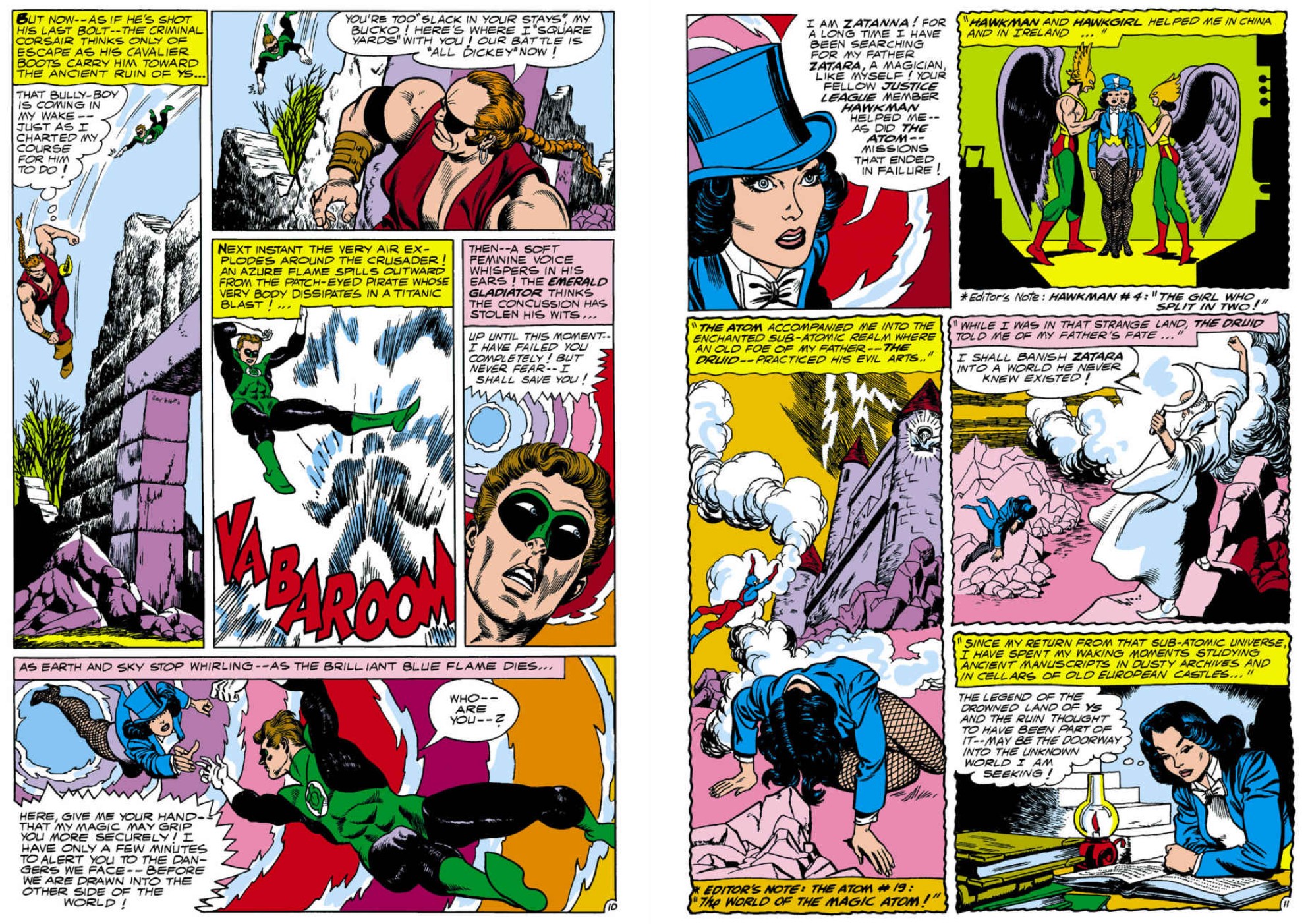
The Flash shared the spotlight in #43: a high-energy tussle with a debuting tectonically terrifying new supervillain for Fox’s ‘Catastrophic Crimes of Major Disaster!’ and the next issue provide two tales – an increasing rarity as book-length epics became the action-packed norm.
Second-class postage discounts had for years dictated the format of comic books: to qualify for cheaper rates periodicals had to contain more than one feature, but when the rules were revised single, complete tales not divided into “chapters” soon proliferated. Here though are two reasons to bemoan the switch; Fox’s ‘Evil Star’s Death-Duel Summons’ and Broome’s “Jordan Brothers” adventure ‘Saga of the Millionaire Schemer!’, offering high-intensity alien supervillain action and a heady, witty comedy-of-errors mystery as Hal visits his family and is embroiled in new sister-in-law Sue’s hare-brained scheme to prove that her husband Jim Jordan is actually Green Lantern!
Crossovers were becoming increasingly common as shared continuity expanded and heroes popped up out of their regular jurisdiction. One brilliantly executed example follows…
Back in 1963 Schwartz had assumed editorial control of Batman & Detective Comics, allowing him space for a character who had been lying mostly fallow ever since his debut as a very long-legged walk-on in the April/May 1960 Flash. The Elongated Man was Ralph Dibny: a circus-performer who discovered an additive in popular soft drink Gingold which gave certain rare people increased muscular flexibility. Intrigued, Dibny isolated and refined the chemical and developed a serum granting him the ability to stretch, bend and compress his body to an incredible degree. From Detective #350 (April 1966) comes ‘Green Lantern’s Blackout!’ wherein Hal’s best friend Thomas Kalmaku seeks out the Stretchable Sleuth to solve the riddle of the hero’s abrupt disappearance – an entrancing, action-packed team-up with a future Justice League colleague by Fox & Carmine Infantino.
Scripted by Broome, Earth-2’s ring wielder returns for another power-packed pairing in Green Lantern #45’s fantasy & fisticuffs romance romp ‘Prince Peril’s Power Play’. The author raised the dramatic stakes with the hero’s first continued adventure in the following issue. GL #46 opens with Fox’s delightfully grounded crime-thriller ‘The Jailing of Hal Jordan’, before – preceded by a spectacular Kane pin-up – ‘The End of a Gladiator!’ details the murder of Sector 2814’s GL by old foe Dr. Polaris, concluding with his honour-laden funeral on Oa, home of the Guardians!
Broome was on fire at this time: the following issue and concluding chapter sees the hero’s corpse snatched to the 58th century and revived in time to save his occasional future home from a biological infection of pure evil in the spectacular triumph ‘Green Lantern Lives Again!’ Bizarrely garbed goodies and baddies were common currency at this time of incipient TV-generated Batmania, so when gold-plated mad scientist Keith Kenyon returned it was as a dyed-in-the-wool costumed crazy for Fox’s ‘Goldface’s Grudge Fight Against Green Lantern!’: a brutal clash of opposites. Sadly, Broome’s showbiz scoundrel Dazzler didn’t quite set the world afire in #49’s ‘The Spectacular Robberies of TV’s Master Villain!’ but the yarn was still a shocker, as Hal Jordan quit his job as a Coast City test pilot and went on the first of his vagabond quests across America…
Green Lantern had been the first hero to co-headline with Batman in The Brave and the Bold #59 (April/May 1965): a tale which became the blueprint of the title’s next 20 years as two colleagues joined forces for a specific case. There devious criminal scientist John Starr tricked Bruce Wayne into clearing his name and stole the Emerald Crusader’s power to fuel a chronal assault on Gotham as the Time Commander. Here and now, Win Mortimer joins scripter Bob Haney as Gotham Gangbuster and Green Knight endure a fractious reunion in B&B #69’s ‘War of the Cosmic Avenger’ (December 1966-January 1967) as John Starr repeats his tactic to unleash star-powered golem Cosmo upon the world, utterly unaware that the monster might have its own sinister agenda. Luckily, our heroes are smarter than the brilliant but bad time bandit…
With Green Lantern #50 Kane began inking his own art (probably in preparation for his forthcoming independent publications Savage and Blackmark), lending the proceedings a raw, savage appeal. The fight content in the stories was also ramped up, as seen in Broome’s murder-mystery treasure hunt ‘The Quest for the Wicked Queen of Hearts!’, complimented by an extragalactic smack-fest in Fox’s ‘Thraxton the Powerful vs Green Lantern the Powerless’, prior to Broome bringing the Emerald Crusader back to the 58th century to battle ‘Green Lantern’s Evil Alter Ego!’ in #52. Meanwhile, across the editorial aisle in The Flash #168 (cover-dated March 1967 but on sale from January 19th) Broome delivered a full-length thriller for Infantino & Sid Greene in which the Guardians of the Universe seek out the Scarlet Speedster after finding ‘One of our Green Lanterns is Missing!’ Bafflingly, as the Vizier of Velocity hunts for his missing best buddy, he is constantly distracted and diverted by a gang of third-rate thugs who have somehow acquired futuristic super weapons…
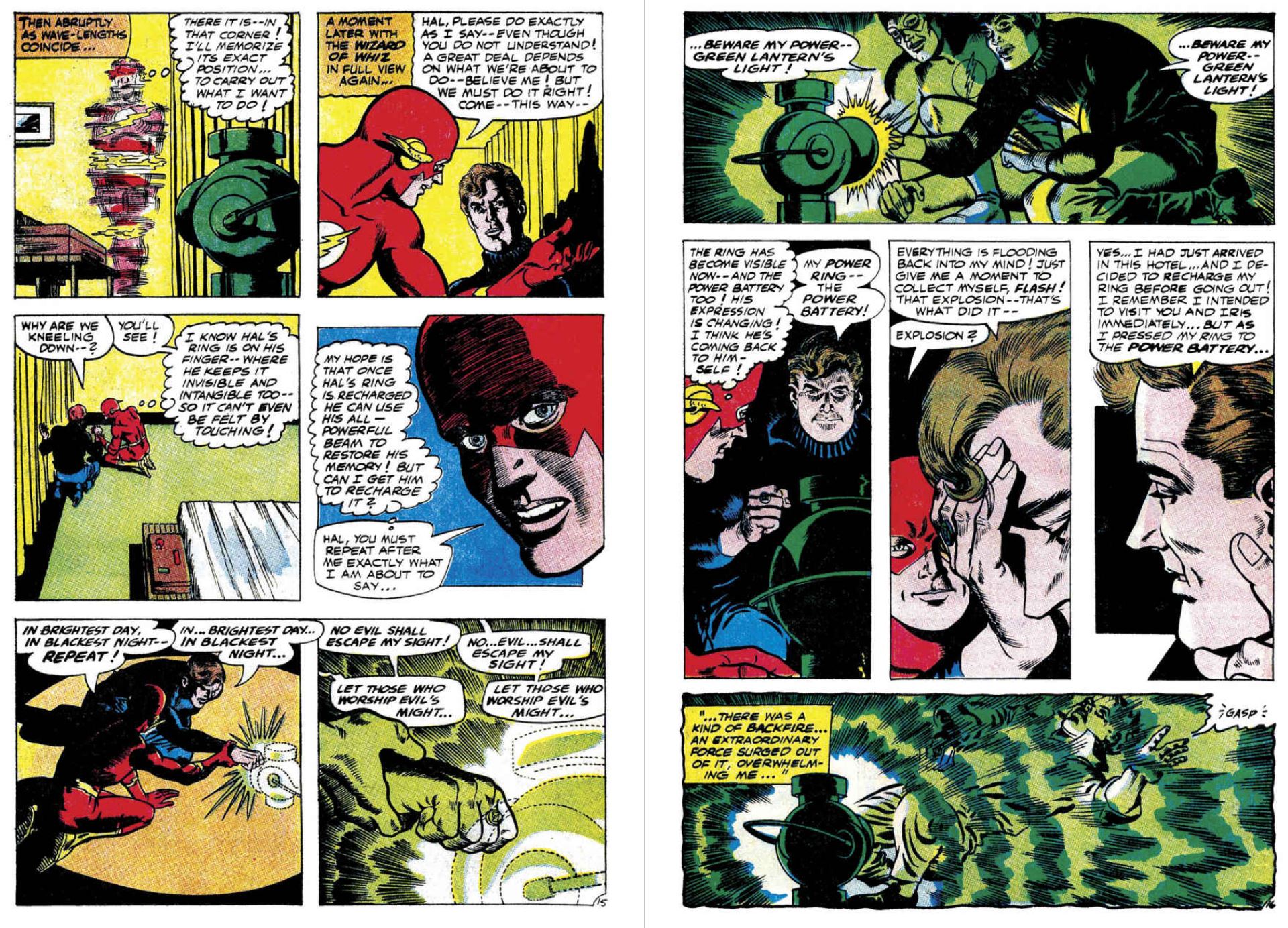
Back in GL #52, Broome & Kane have Alan Scott and comedy sidekick Doiby Dickles pop over from Earth-2 to aid against returning arch nemesis Sinestro in frankly peculiar ‘Our Mastermind, the Car!’, before finding far less outré plot or memorable foe for #53’s ‘Captive of the Evil Eye!’ wherein an alien giant stealing Earth’s atmosphere is ferociously foiled. The same issue sees Infantino & Greene step up to illustrate Broome’s thrillingly comedic Jordan Brothers back-up ‘Two Green Lanterns in the Family!’ as Hal finds employment as an investigator for the Evergreen Insurance company…
Broome & Kane reunite for positively surreal, super-scientific saga ‘Menace in the Iron Lung!’ (GL #54), with a manic shut-in orchestrating a deadly remote war against the Viridian Avenger followed by an all-out attack on the Guardians and their operatives in ‘Cosmic Enemy Number One’. The trans-galactic assassinations conclude in ‘The Green Lanterns’ Fight for Survival!’ and the appointment of a second Earthling to the now depleted Corps.
For #57, Fox scripts a sparkling Fights ‘n’ Tights duel in ‘The Catastrophic Weapons of Major Disaster!’ with the walking extinction event simultaneously tapping into and depowering the power ring before #58’s gripping psycho-thriller ‘Peril of the Powerless Green Lantern’ sees our hero seemingly suffering from debilitating combat fatigue. Sid Greene returned to inking with this yarn, staying on to embellish another continuity landmark.
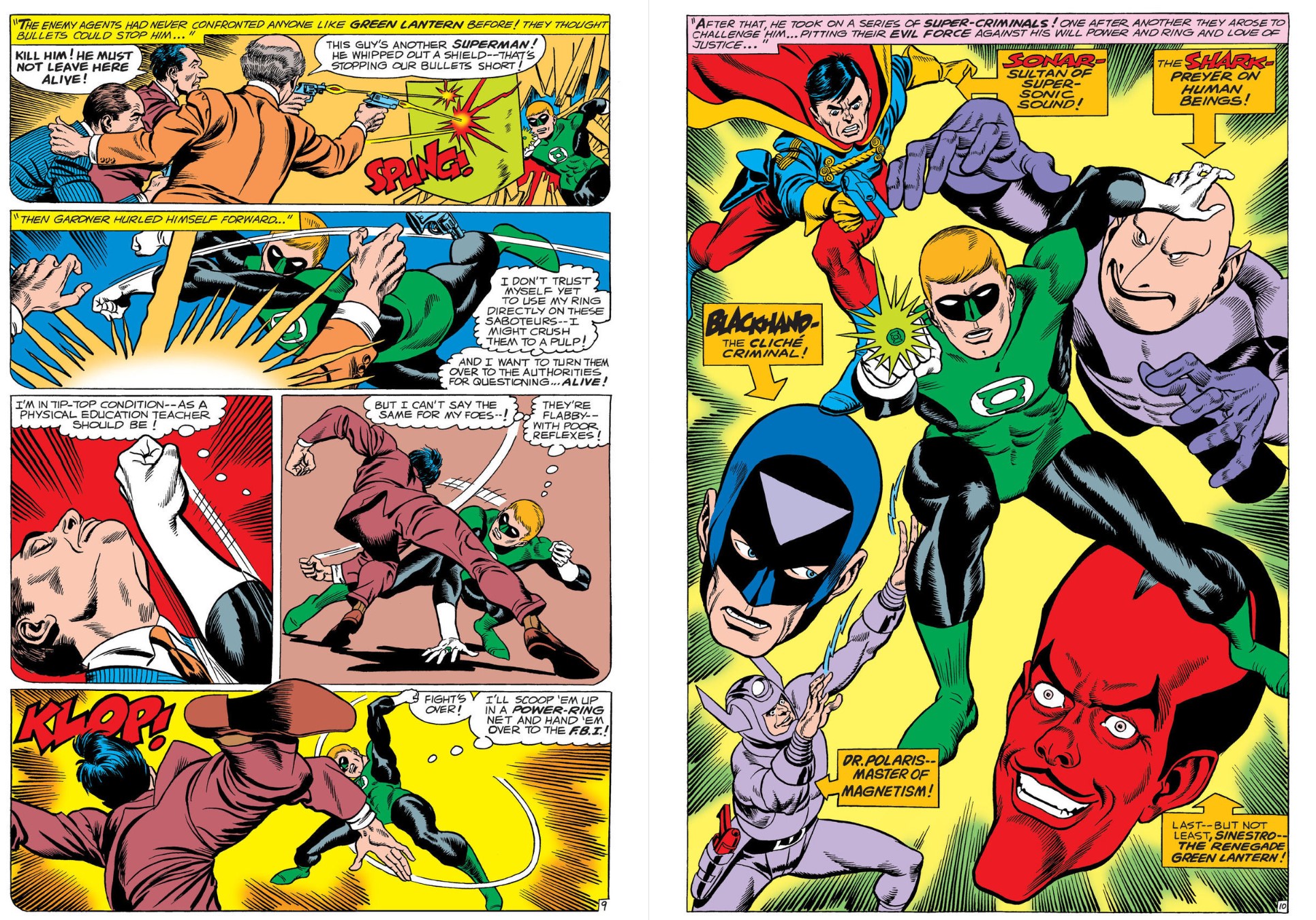
In Green Lantern (volume 2 #59, March 1968) Broome introduced ‘Earth’s Other Green Lantern!’ in a rip-roaring cosmic epic of what-might-have-been. When dying Abin Sur originally ordered his ring to select a worthy successor Hal Jordan wasn’t the only candidate, but simply the closest of two. Here thanks to Guardian technology Hal sees what would have occurred if the ring had chosen his alternative Guy Gardner instead¦?
Action lovers and fans of fantasy fiction couldn’t find a better example of everything that defines superhero comics, but by the time of these later stories began DC was a company in transition – as indeed was America itself – with new ideas (for which, in comic-book terms, read “new, young writers”) granted greater headway than ever before: in turn generating an influx of new kids unseen since the very start of the industry, when excitable young artists and writers ran wild with imagination. Green Lantern #60 (April 1968), however, was an all-veteran outing as Fox, Kane & Greene introduced a fantastic new foe in ‘Spotlight on the Lamplighter!’, a power-packed, crime-busting morality play inadvertently foreshadowing a spectacular Green team-up classic in the next issue.
We end as we began for the last tale in this collection, wherein Mike Friedrich pens ‘Thoroughly Modern Mayhem!’ Mercifully the story is as wonderful as the title is not, since it cut to the quick of a problem many a kid had posited. If the power ring was so powerful why not just command it to end all evil? When the old and world-weary Emerald Crusader of Earth-2 does just that, it takes both him and his Earth-1 counterpart to remedy the shocking consequences to all of humanity…
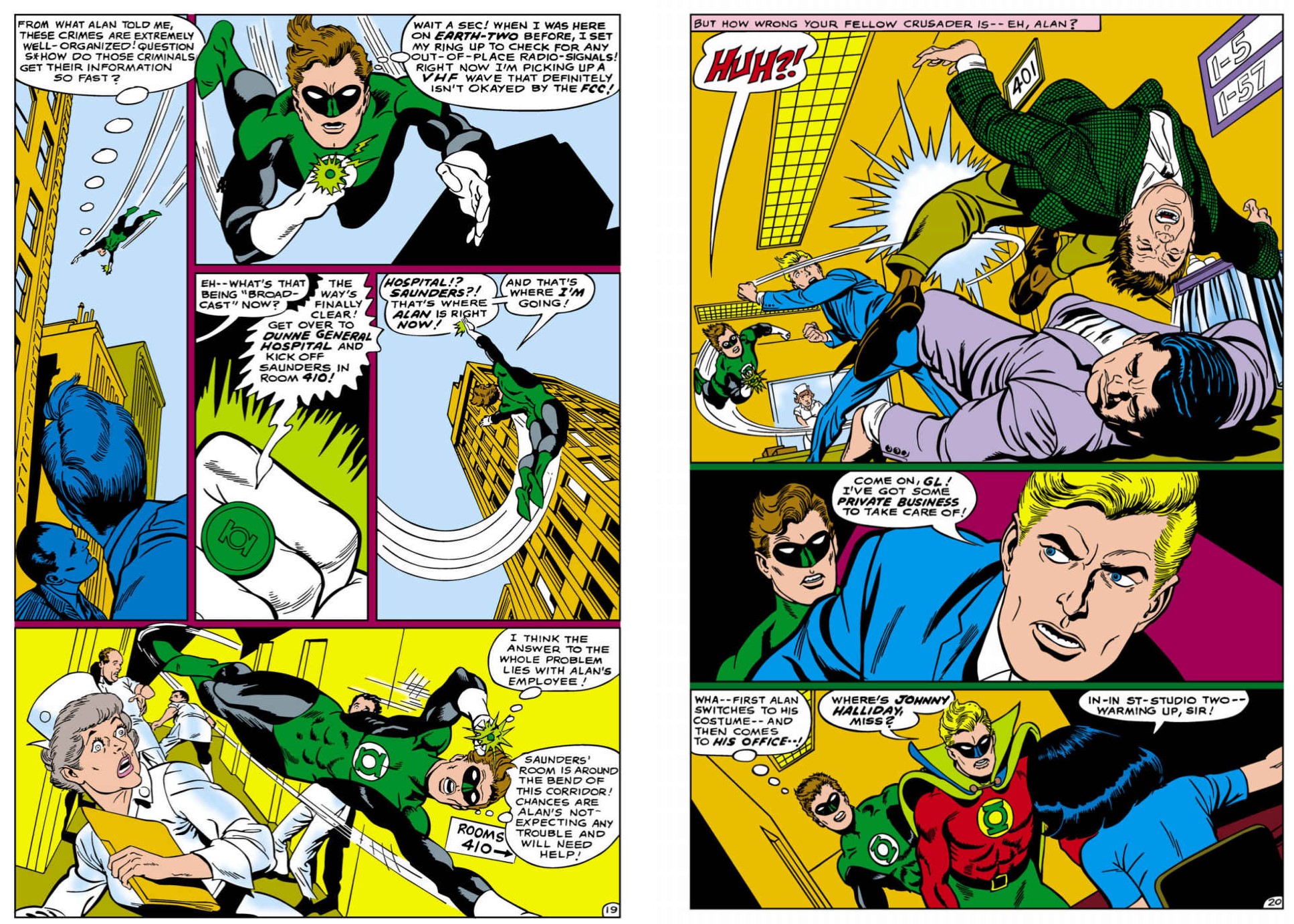
Augmented with covers by Kane, Murphy Anderson, Jack Adler, Infantino, Greene & Joe Giella, these costumed drama romps are in themselves a great read for most ages, but when also considered as the building blocks of all DC continuity they become vital fare for any fan keen to make sense of the modern superhero experience. This blockbusting book showcases the imaginative and creative peak of Broome, Fox & Kane: a plot driven plethora of action sagas and masterful thrillers that literally reshaped the DC Universe. If you love superheroes you will never read better…
© 1965, 1966, 1967, 1968, 2025 DC Comics. All Rights Reserved.
Today in 1908 key comics personage, DC editor, writer and media intermediary Whitney Ellsworth was born, and in 1970 so was Mexican maestro Humberto Ramos who has excelled on everything from Amazing Spider-Man to Young Justice.
You’ve probably never heard of her, but Dorothy Woolfolk shattered a bunch of glass ceilings and was DC’s first woman editor. We lost her today in 2000, but her legacy lives on.

